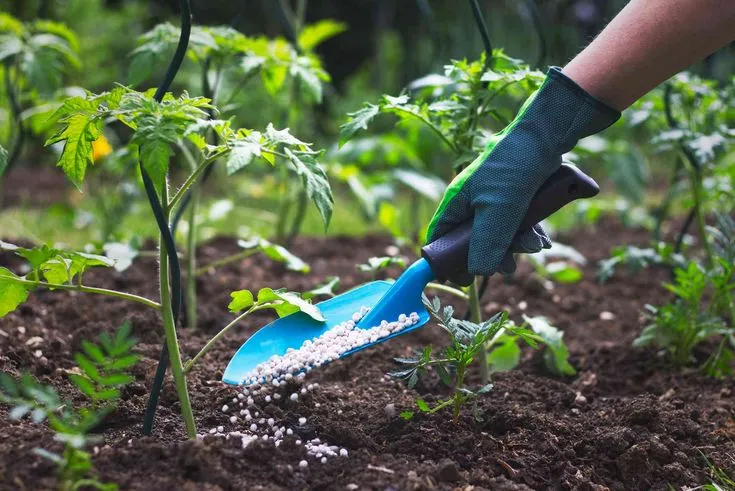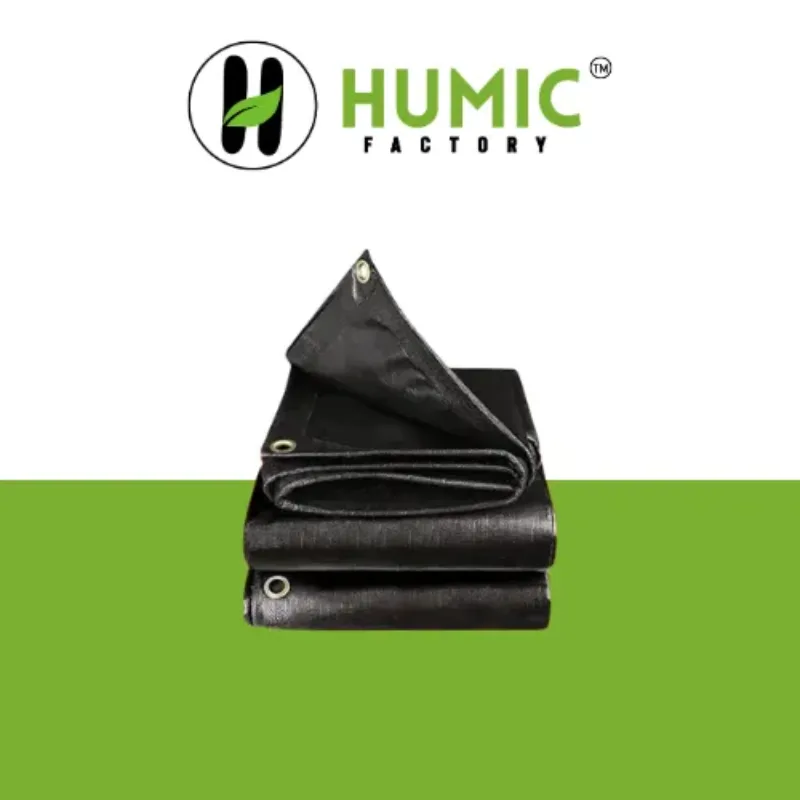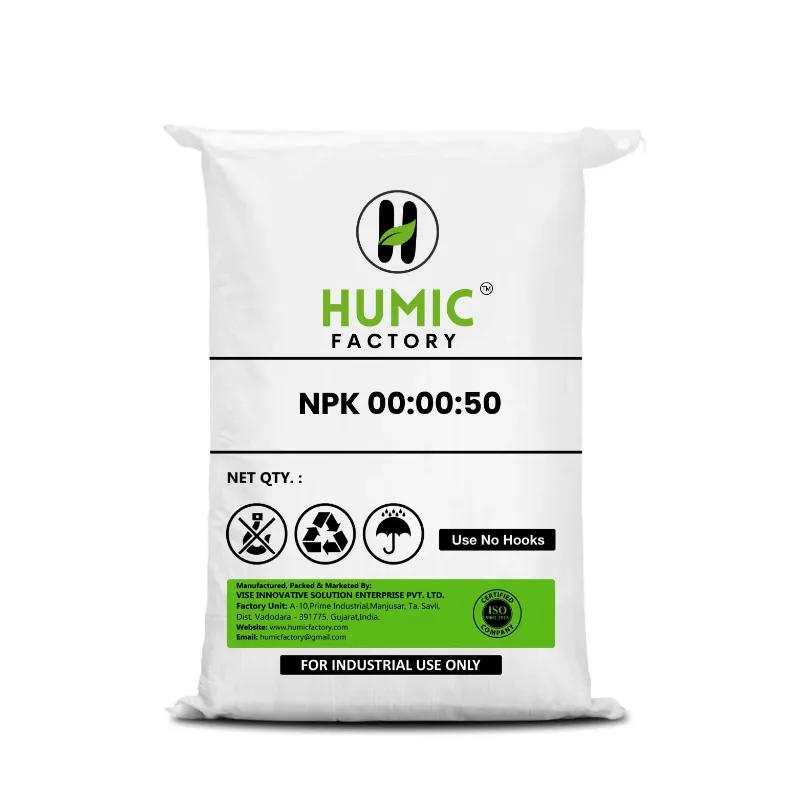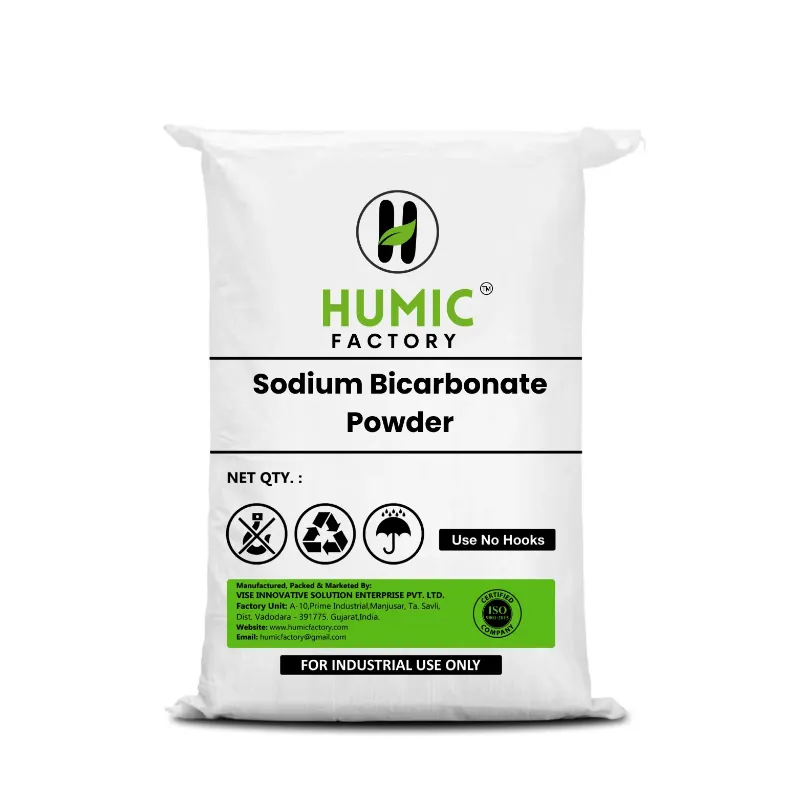Think about a covert subterranean system that gives your plants a boost, making them stronger, healthier, and more resistant—without a drop of chemical fertilizer in sight. That's the power of mycorrhiza fertilizer, a natural phenomenon that's been sitting quietly under our noses for millions of years. Farmer, gardener, or green-thumbed enthusiast, mycorrhiza fertilizer might be your new BFF. In this 1500-word blog, we’ll uncover what it is, how it works, and why it’s the ultimate helper for thriving plants. Get ready to dig into this fascinating world—it’s going to be a root-tastic ride!
What Is Mycorrhiza Fertilizer?
Let's begin at the beginning. Mycorrhiza fertilizer is not your average sack of plant food. It's a living symbiosis between special fungi—referred to as mycorrhizae—and plant roots. The term "mycorrhiza" is Greek: "myco" (fungus) and "rhiza" (root). These fungi attach themselves to roots and function like an extension of the plant, enhancing its capacity to absorb water and nutrients from the ground.Imagine mycorrhiza fertilizer like a VIP pass for plants. While other fertilizers dump nutrients straight into the soil, mycorrhiza fertilizer plays smart, not hard. It's a natural, environmentally friendly method to provide your plants an advantage, and it's been doing it quietly since the beginning of time.
How Mycorrhiza Fertilizer Works Its Magic
So, how does mycorrhiza fertilizer make regular plants superstars? It's a matter of collaboration. The fungi create a network of fine threads—hyphae—that reach far beyond the roots of the plant. The threads are like a superhighway, sucking in water, phosphorus, nitrogen, and other treats that roots can't access.Imagine this: a tomato plant parched in arid soil. Put some mycorrhiza fertilizer on, and now its roots are tapping into a fungal network that's akin to an exclusive water and nutrient delivery service. The plant receives more of what it wants, and the fungi receive sugars from the plant in exchange. It's a win-win proposition that nature has fine-tuned over millions of years.
Why Plants Love Mycorrhiza Fertilizer
Plants don't merely tolerate mycorrhiza fertilizer—they love it. Here's why:- Improved Nutrient Absorption: The network of fungi captures difficult-to-access nutrients such as phosphorus, which is important for flowering and fruiting.
- Resistance to Drought: Mycorrhiza fertilizer ensures that plants remain hydrated by accessing water far below the ground.
- Stress-Resistant Roots: Fungi build root systems stronger, rendering plants resilient to stress.
- Protection Against Diseases: Certain mycorrhizae work as bodyguards, warding off pathogenic microbes.
The Two Types of Mycorrhiza Fertilizer
All mycorrhiza fertilizer isn't created equal—it has two primary flavors:
- Arbuscular Mycorrhiza (AM): These fungi invade root cells and are compatible with most crops, such as veggies, fruits, and grasses. They're the most prevalent variety in mycorrhiza fertilizer products.
- Ectomycorrhiza (EM): These wrap around roots without going inside, partnering with trees like pines and oaks. They’re perfect for forestry or orchards.
Knowing which type suits your plants can make mycorrhiza fertilizer even more effective. Most garden mixes focus on AM, but check the label if you’re growing trees!
Mycorrhiza Fertilizer in Action: Real Benefits
Let's get real—why would you want to care about mycorrhiza fertilizer? Imagine a farmer who has sandy ground that hardly retains water. They put mycorrhiza fertilizer over their corn seeds, and in no time, the crops grow taller, the leaves turn greener, and the ears multiply. Or imagine a gardener whose roses always wilt. With mycorrhiza fertilizer, those flowers burst with color and remain lively even during heatwaves.Studies back this up: plants with mycorrhiza fertilizer can absorb up to 50% more phosphorus and grow 20–30% faster in tough conditions. It’s not just hype—it’s science with a green thumb.
How to Use Mycorrhiza Fertilizer
Ready to try mycorrhiza fertilizer? It’s super easy to use, whether you’re a pro or a newbie. Here’s how:For Seeds: Mix mycorrhiza fertilizer into the soil or coat seeds before planting.
For Transplants: Sprinkle roots with mycorrhiza fertilizer powder when transplanting plants into new locations.
For Established Plants: Spread it around the bottom and water it in—it'll locate the roots.
Timing is everything: use mycorrhiza fertilizer early so fungi can associate with young roots. A single application lasts months, even years, as fungi continue to grow along with the plant.
Mycorrhiza Fertilizer vs. Chemical Fertilizers
How does mycorrhiza fertilizer compare to the standard chemical stuff? Chemical fertilizers provide an immediate burst of nutrients, but they will wash away, contaminate water, and render soil lifeless after a while. Mycorrhiza fertilizer, by contrast, creates a long-term system—enriching soil while naturally feeding plants.It's like the difference between fast food and a homemade meal. Chemicals are temporary; mycorrhizal fertilizer is an investment in healthy plants and happy soil.
Increasing Soil Health through Mycorrhiza Fertilizer
Soil is more than dirt—a living community. Mycorrhiza fertilizer isn't just benefiting plants; it's changing the soil they stand in. Fungal filaments hold soil grains together, not allowing them to erode away and become waste. They also partner with other microbes, producing a thriving community underground that makes soil fertile.A farmer who applies mycorrhiza fertilizer may find that their soil is looser, retains water more, and appears darker—indications of organic wealth. It's akin to treating your soil to a health spa!
Success Stories: Mycorrhiza Fertilizer in the Wild
Real individuals are experiencing real outcomes with mycorrhiza fertilizer. In Australia, vineyard owners applied it to restore drought-stricken grapevines, doubling their crop. In India, small farmers increased rice production by combining mycorrhiza fertilizer with organic compost. Even home gardeners sing the praises of how their vegetables taste sweeter and longer-lasting.I remember one story: a flower farmer struggling with clay soil added mycorrhiza fertilizer, and in a season, their dahlias were the subject of every conversation. It's evidence this magic works.
Challenges and Tips for Using Mycorrhiza Fertilizer
Mycorrhiza fertilizer isn't a perfect solution—it requires optimal conditions to excel. Excessive chemical fertilizer or fungicide will kill the fungi, and it will fail in sterile potting mixtures lacking soil microbes. Begin with healthy, living soil, and don't overwater to make the fungi content.Pro tip: use mycorrhiza fertilizer with compost for a double shot of natural goodness. It's all about balance!
The Future of Mycorrhiza Fertilizer
As we grapple with global warming and decreasing agricultural land, mycorrhiza fertilizer may be a savior. Researchers are working on modifying it to suit more crops and more hostile climates. With its potential to reduce water consumption and increase resistance, it's a sustainable farming tool that's here to stay.Mycorrhiza fertilizer is a secret gem in the gardening and agricultural industry—a natural, effective method for raising healthy plants without the chemical weight. It's budget-friendly, earth-friendly, and converts your soil into a powerhouse of life. For food, flowers, or trees, mycorrhiza fertilizer can help propel your plants into the next dimension.
We care about using the best of nature such as mycorrhiza fertilizer—so you can thrive at Humic Factory (humicfactory.com). They complement our soil enhancers just perfectly, maximizing your plants' potential. Check out our page to learn how we can enable your green goals!
FAQs





